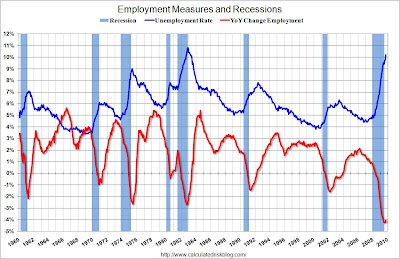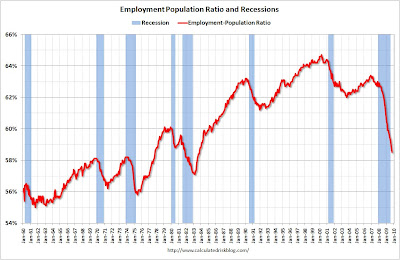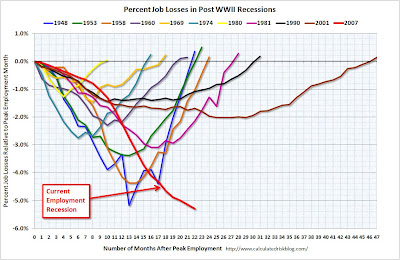China, like much of the world, is breathing a sigh of relief that economic disaster has been averted. Better-than-expected macro-economic data are driving growing optimism. But government officials and businessmen should not delude themselves: going back to pre-crisis ways would be a serious mistake.
From a macro point of view, we still have an unbalanced global economy. The US consumes too much and saves too little. China’s problem is the opposite. Despite years of encouragement from government to spend more, many Chinese consumers continue to be more comfortable saving than spending. As Wen Jiabao, the Chinese premier, said just last month at the World Economic Forum in Dalian, China’s economic recovery “is not yet steady, solid and balanced”.
All of us applaud China’s far-reaching stimulus programme. But many in China cling to the belief that the export-led model that has worked so well for 30 years will remain largely untouched after the crisis. The US consumer, after all, has always come back, most recently after the dotcom bubble burst and the terrorist attacks of September 11 2001. But the longer global imbalances persist, the more painful the reckoning. Both China and the US must do more.
China needs to play its part by increasing domestic consumption. In the long term, I am optimistic about China’s consumption growth. The privatisation of large sections of China’s housing market since the late 1990s has contributed to the development of Chinese consumers. The country’s ongoing urbanisation, which is seeing about 20m people a year move from the countryside, will continue to power consumption. However, I am not satisfied with the current process, and China has an urgent need to speed up reform to establish a credible nationwide social safety net.
While consumer prices are mostly under control, asset price bubbles are growing rapidly because of huge liquidity injections by governments around the world. Globally, there does not seem to be an exit strategy in place to drain this liquidity from the system. Certainly, in China, stock and property bubbles are a concern.
While we have avoided the worst recession since the Great Depression, we are probably heading for another asset bubble and more financial turbulence. What can we do? Compared with pouring money into the economy, draining money from the economy is a much tougher job for central banks. The dilemma is this: if we tighten monetary policy, there is a high possibility of a “second dip” next year; and if we continue the loose policy, another asset bubble might be not far away.
I do not believe a quick, steep bounce driven by fiscal fixed investment is a good thing for China. Nor is a moderate slowdown anything to be afraid of. Monetary policy must not neglect asset-price movements. Therefore, it is urgent that China shifts from a loose monetary policy stance to a neutral one.
I am also worried about the role of governments after the crisis. There are some who say that this is a crisis of the market economy. It is not; nor is it a time to turn our backs on markets. There have been failures of regulation and oversight, particularly in the west. In China we are still developing our regulatory system. It is a time to strengthen oversight, improve governance and push for freer and more efficient markets in China and abroad.
However, there is growing concern, especially in China, that the temporary stimulus programme might evolve into permanent government control of the economy. The Chinese government should continue to loosen its grip. Prices, especially of energy but including water and food, need to be freed further. The currency needs to be liberalised. Privatisation needs to move ahead. China needs freer markets, not more state control.
Finally, protectionism is a worry. Recent actions are small in terms of the value of the goods involved. But even imposing symbolic protectionist measures to keep domestic interests happy is a dangerous strategy. Both the US and China must resist domestic pressures to restrict trade or risk igniting a wider trade war. Protectionism poses real threats to the global economy and we must be sensitive to changes in US trade policy, as US policies will largely define the future of globalisation.




![Reblog this post [with Zemanta]](https://img.zemanta.com/reblog_e.png?x-id=1ef014db-7b2c-4e8f-be45-04157376c1f1)



![Reblog this post [with Zemanta]](https://img.zemanta.com/reblog_e.png?x-id=a708a41b-3d07-4d50-abd5-226d66012144)
![Reblog this post [with Zemanta]](https://img.zemanta.com/reblog_e.png?x-id=b4e45092-1768-4f19-a3f2-64836f5d29e0)

![Reblog this post [with Zemanta]](https://img.zemanta.com/reblog_e.png?x-id=9386d558-b467-4d62-be01-d1867cdbec8b)
![Reblog this post [with Zemanta]](https://img.zemanta.com/reblog_e.png?x-id=ec06e274-a50f-4c77-926f-f42befb2e506)
